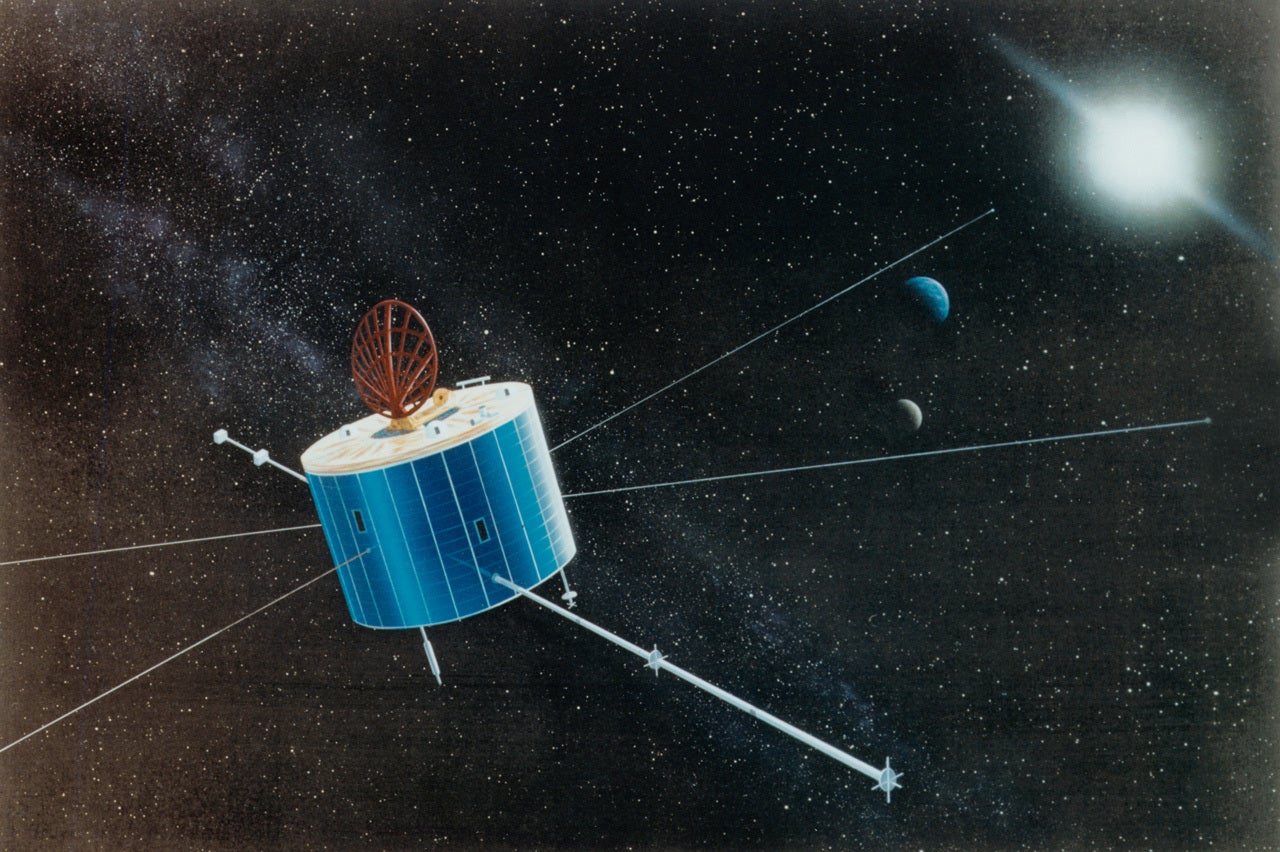Nasa’s 30-year Geotail mission may end after data recorder failure
After three decades of science in orbit around Earth, Nasa’s Geotail mission might be ready for retirement

A 30 -year-old mission to study Earth’s magnetosphere may finally come to an end after the spacecraft’s last data recorder failed.
Nasa’s Geotail mission, a collaboration with the Japanese Space Agency, Jaxa, launched in 1994 with a suite of instruments designed to study the tail of Earth’s magnetosphere -- the area of space around our planet that is influenced by Earth’s geomagnetic field.
Nasa and Jaxa officials are currently deciding what to do with the spacecraft after the last of its two data recorders failed, according to a Nasa blog.
The spacecraft was equipped with two data recorders, the first of which failed in 2012 after 20 years of gathering data. The remaining recorder kept functioning until June 28, and engineers were unable to get the recorder working again.
Without a functioning data recorder, any information Geotail observes about the space environment will go uncaptured and unrecorded, and therefore cannot be transmitted back to Earth.
But Geotail fulfilled its mission over decades, lasting six times longer than planned, and studying the tail of the Earth’s magnetosphere. The tail extends from Earth’s nightside like a windsock and occasionally interacts with the magnetosphere closer to Earth to create auroras at the poles, according to Nasa.
Geotail was initially placed in a highly elliptical orbit in order to study the furthest portions of the magnetosphere’s tail, making 14 close passes of the Moon while reaching higher altitudes. Its fifth and closest pass by the Moon, in 1992, brought Geotail within 8,000 miles of the lunar surface. While not intended as lunar science mission, it identified oxygen, silicon, sodium, and aluminum in the Moon’s atmosphere for the first time.
The 14th lunar flyby in 1994 set the spacecraft up for a series of orbits coming closer to the Earth in order to study the periods of magnetosphere activity known as “magnetotail substorms” that result in polar auroras.
Given the wealth of information Geotail has produced, and that it was originally intended as a four year mission, retiring the ailing spacecraft may be an easy call for Nasa and Jaxa, although the space agencies have yet to announce that they intend to do with the spacecraft.
Join our commenting forum
Join thought-provoking conversations, follow other Independent readers and see their replies
Comments
Bookmark popover
Removed from bookmarks